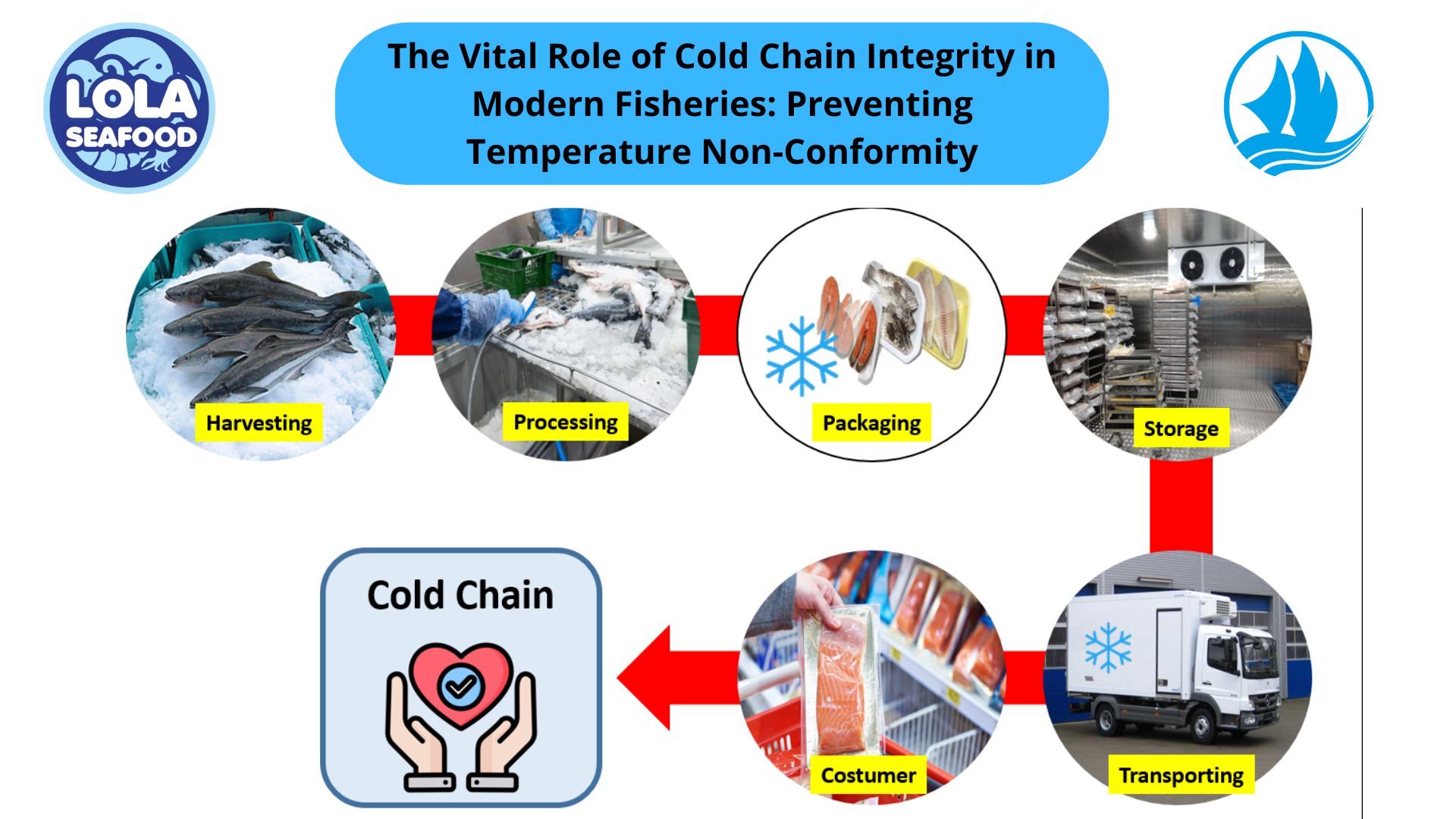DNA SEQUENCING
By. Najih - 29 Dec 2023.jpg)
Types of seafood fraud include substituting one species for another without changing the label, including less seafood in the package than is indicated on the label, adding too much ice to seafood in order to increase profits. For example, the substitution of less expensive fish: catfish, for more expensive fish: grouper. So, one way to identify is DNA sequencing.
How can DNA sequencing be used to identify species? The species can be identified by comparing the sequenced DNA barcode to reference databases. The DNA can be sequenced by sending the amplified DNA to a sequencing service or by using a portable DNA sequencing machine. The principles of DNA Sequencing are the process of determining the order of the nucleotide bases along a DNA strand. This method is based on the principle that single-stranded DNA molecules that differ in length by just a single nucleotide can be separated from one another using polyacrylamide gel electrophoresis, described earlier. The DNA to be sequenced, called the template DNA, is first prepared as a single-stranded DNA. Next, a short oligonucleotide is annealed, or joined, to the same position on each template strand. The oligonucleotide acts as a primer for the synthesis of a new DNA strand that will be complimentary to the template DNA. This technique requires that four nucleotide-specific reactions--one each for G, A, C, and T--be performed on four identical samples of DNA. The four sequencing reactions require the addition of all the components necessary to synthesize and label new DNA, including: • A DNA template; • A primer tagged with a mildly radioactive molecule or a light-emitting chemical; • DNA polymerase--an enzyme that drives the synthesis of DNA; • Four deoxynucleotides (G, A, C, T); and • One dideoxynucleotide, either ddG, ddA, ddC, or ddT.
.jpg)
The Impact of HACCP-Based Integrated Quality Management Programs on the Quality and Competitiveness of Fresh Demersal Fish Products
 and Employee Productivity on the Demersal Fish Processing Floor.jpg)

.jpg)




